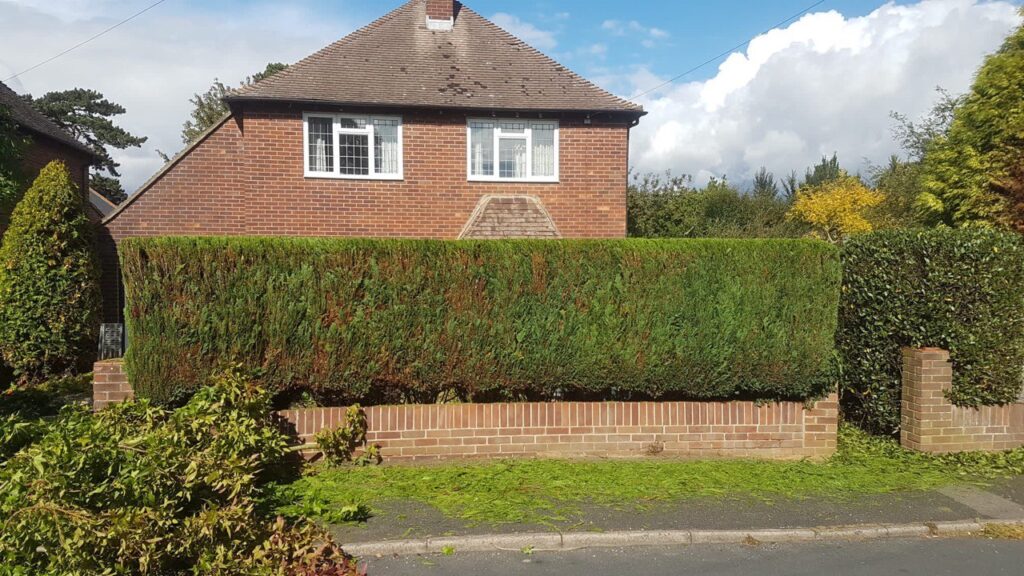Tree Crown Reduction: Protecting Trees from Disease and Pests
Introduction: Trees are susceptible to various diseases and pest infestations that can compromise their health and vitality. One effective strategy for safeguarding trees against these threats is tree crown reduction. This proactive approach helps maintain the tree’s structural integrity and enhances its ability to resist diseases and pests. In this blog post, presented by Clifton Tree Surgeons, we’ll explore how crown reduction protects trees from disease and pest infestations.
1. Improved Air Circulation
Dense tree canopies can create stagnant air pockets, creating favourable conditions for fungal diseases such as powdery mildew and anthracnose. Crown reduction involves selectively pruning branches to thin the canopy, allowing for better airflow throughout the tree. Improved air circulation helps reduce humidity and moisture buildup, making the tree less hospitable to fungal pathogens. By enhancing air circulation, crown reduction creates an environment less conducive to disease development, helping to protect the tree’s overall health.
2. Enhanced Sunlight Exposure
Overgrown tree canopies can block sunlight from reaching the lower branches and foliage, creating shaded areas where pests like aphids and spider mites thrive. Crown reduction opens the canopy, allowing more sunlight to penetrate the inner branches. Increased sunlight exposure helps dry out foliage, making it less attractive to pests and inhibiting their reproductive cycles. Additionally, sunlight promotes photosynthesis and strengthens the tree’s immune system, making it more resilient to pest attacks and diseases.
3. Reduced Pest Habitat
Dense, overgrown trees provide ideal habitats for pests to establish colonies and multiply. By thinning out the canopy through crown reduction, the tree’s interior becomes less hospitable to pests, reducing its ability to thrive and reproduce. Removing overcrowded branches and foliage eliminates pests’ hiding spots and nesting sites, making it more challenging for them to infest the tree. As a result, crown reduction helps disrupt the pest’s life cycle and reduces the likelihood of a full-blown infestation.
4. Early Detection and Intervention
Regular tree maintenance, including crown reduction, allows arborists to closely monitor the tree’s health and detect signs of disease or pest infestation early on. During the pruning process, arborists can inspect the tree for any damage, discolouration, or unusual growth patterns that may indicate underlying issues. Early detection enables prompt intervention, such as targeted pest control measures or disease treatments, to prevent the problem from escalating and causing significant damage to the tree.
5. Proper Pruning Practices
Proper pruning practices are essential when performing crown reduction to maximise its effectiveness in protecting trees from disease and pests. Arborists carefully select which branches to prune, first focusing on removing dead, diseased, or damaged wood. They also consider the tree’s natural growth habit and structure to maintain its health and aesthetics. Using sharp, clean pruning tools and making precise cuts minimises stress on the tree and reduces the risk of infection or infestation.
Conclusion: Tree crown reduction is valuable for protecting trees from disease and pest infestations. By improving air circulation, enhancing sunlight exposure, and reducing pest habitat, crown reduction creates an environment less conducive to disease development and proliferation.
Call us on: 0115 647 1187
Click here to find out more about Beeston Tree Surgeons
Click here to complete our contact form and see how we can help with your tree’s needs.

